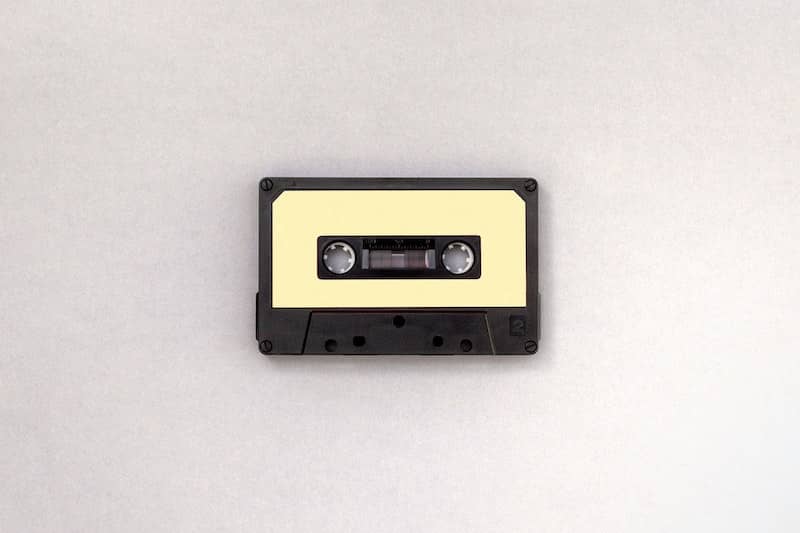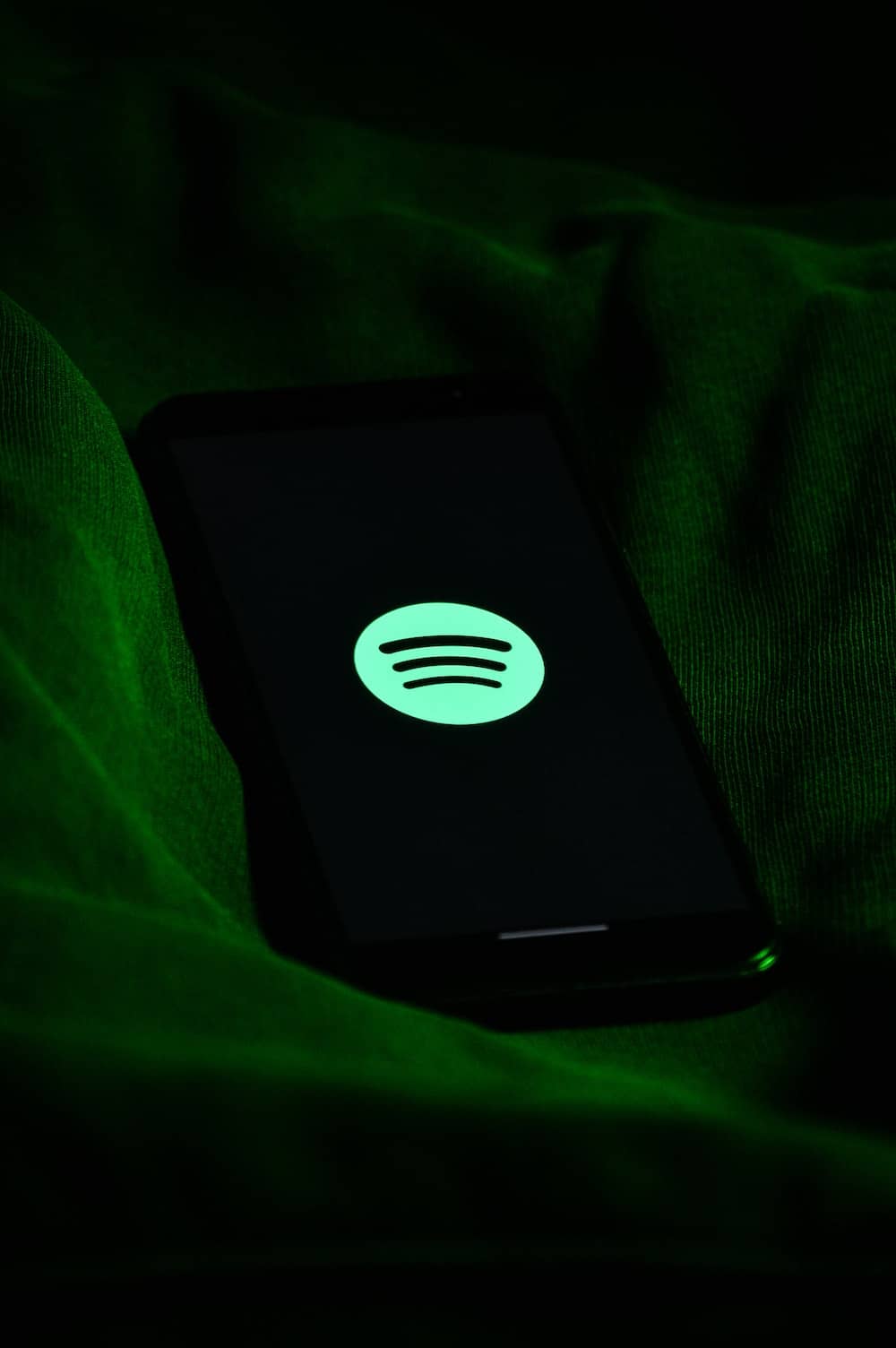Brief History of Brand Partnerships
Now, more than ever, music has become a marketing driver for brands who have a big digital focus, from social media to YouTube and beyond, making streaming and social media analytics a key benchmark for securing those partnerships, not to mention an important discovery tool on both sides of the equation.
Historically, the relationship between advertisers and artists (and fans, by extension), has been contentious at best. In the heyday of the advertising era typified by AMC’s Mad Men series, if artists were approached to have their music featured in a commercial, they’d likely refuse for fear of “selling out.” At least, that was the case for “cool” bands and their devoted cult followings.
In the 1960s, for instance, Jim Morrison refused to let The Doors’ “Light My Fire” be used by Buick to sell Opel sports cars, according to drummer John Densmore. In the words of the late George Harrison, “The history of the Beatles was that we tried to be tasteful with our records and with ourselves. We could have made millions of extra dollars doing all that in the past, but we thought it would be-little our image or our songs. But as the man [Bob Dylan] said, ‘Money doesn’t talk, it swears.’ Some people seem to do anything for money. They don’t have any moral feelings at all.”

Fast forward three or four decades, and the attitude of many artists hadn’t really changed that much. The Black Keys, in fact, turned down £200K (roughly $250K) in the early 2000s because they didn’t want their music to be associated with a mayonnaise company. According to guitarist/vocalist Dan Auerbach and drummer Patrick Carney, there were many more offers like this that they continued to turn down for fear of compromising their artistic integrity and potentially offending fans.
Granted, there are also plenty of examples of artists who haven’t been so bothered about the optics of licensing their music to brands and advertisers. According to the Guardian, for instance, Tom Jones recorded a jingle for Coca-Cola in 1965, Ray Charles and Aretha Franklin recorded a Neil Diamond song for Coca-Cola in 1969, Jack White wrote “What Goes Around Comes Around” for Coca-Cola in 2006, and Taylor Swift has appeared in Coca-Cola ads more recently as well.
The real difference in just the last decade or so is that mainstream, niche, and emerging artists all realized the economic value of brand partnerships — especially during a period of deflated music value with the decline of the physical market. Simultaneously, advertising agencies and brands realized the appeal of niche and emerging artists, and the concept of “selling out” increasingly became a thing of the past.
